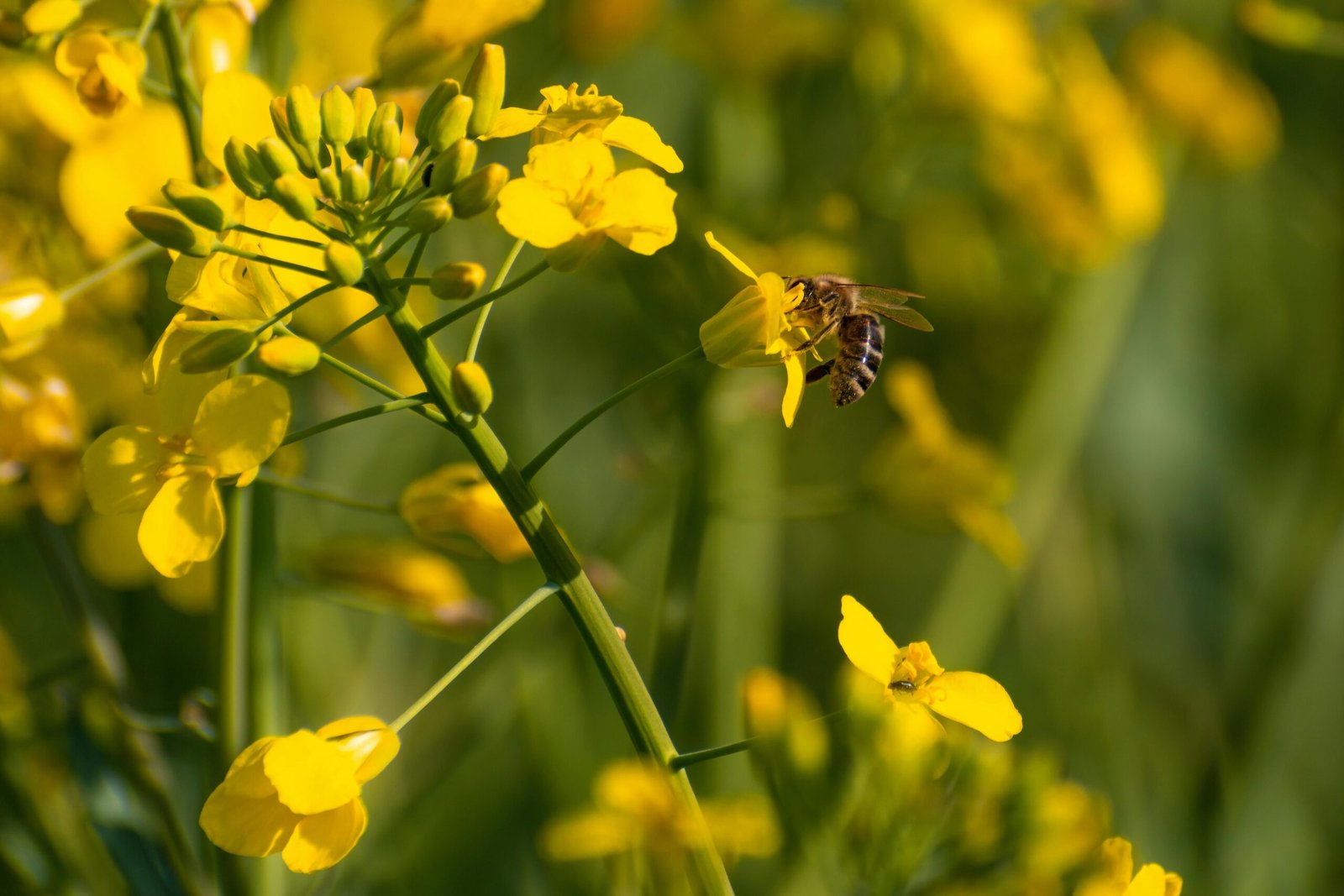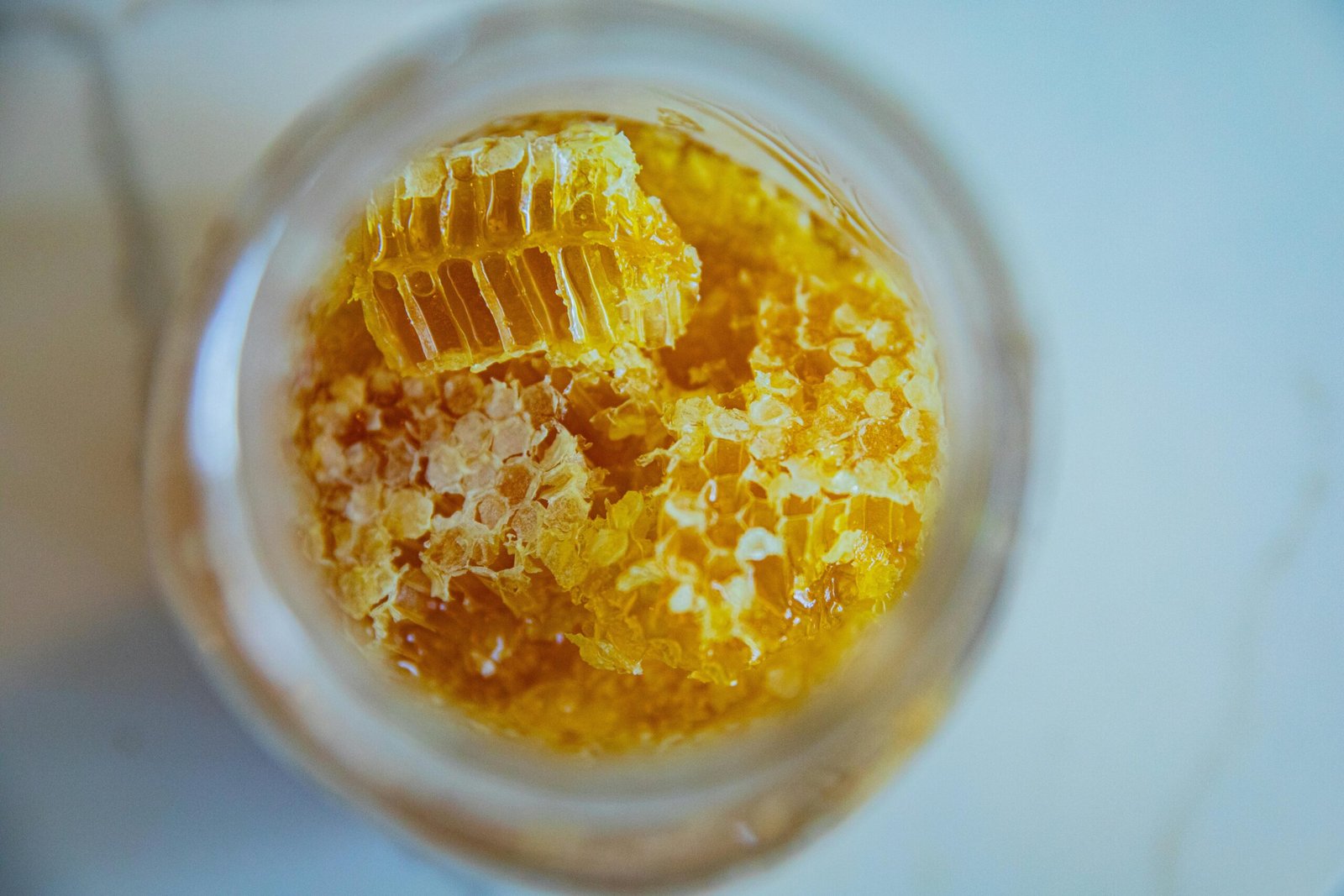The Difference Between Honey and Propolis: Nature’s Wonders Explained
Honey and propolis are two extraordinary gifts from bees, each with its own unique characteristics and benefits. While both are products of the hive, they serve very different purposes in nature and offer distinct health benefits to humans. Understanding the differences between these two bee creations can help you appreciate their roles and how to best incorporate them into your wellness routine.
What Is Honey?
Honey is the sweet, golden liquid produced by bees using nectar from flowers. It is primarily a food source for the bees and serves as their primary energy reserve, especially during colder months when nectar is scarce.
Characteristics of Honey:
- Composition: Honey is composed of sugars (mainly glucose and fructose), water, vitamins, minerals, and enzymes.
- Texture and Flavor: It has a smooth, viscous texture and its flavor varies depending on the flowers from which the bees collect nectar.
- Uses: Honey is widely used as a natural sweetener, in skincare products, and as a home remedy for soothing sore throats and boosting energy.
Health Benefits of Honey:
- Antibacterial Properties: Raw honey contains hydrogen peroxide and other compounds that can inhibit bacterial growth.
- Wound Healing: Honey’s antibacterial and anti-inflammatory properties make it an effective wound healer.
- Soothing Sore Throats: Its viscous texture can coat the throat, providing relief.
- Energy Boost: As a natural source of simple sugars, honey is an excellent quick energy source.
What Is Propolis?
Propolis, often called “bee glue,” is a resinous substance that bees collect from tree buds, sap flows, and other botanical sources. Bees mix this resin with their own enzymes and beeswax to create a sticky, antimicrobial material.
Characteristics of Propolis:
- Composition: Propolis contains plant resins, essential oils, beeswax, and bioactive compounds like flavonoids and phenolic acids.
- Appearance: It’s usually dark brown or greenish and has a sticky consistency that hardens when cooled.
- Uses in the Hive: Bees use propolis to seal gaps in the hive, protect against invaders, and sterilize the hive interior.
Health Benefits of Propolis:
- Antimicrobial Action: Propolis is effective against bacteria, viruses, and fungi.
- Immune Support: Rich in antioxidants, it supports the immune system.
- Wound Healing: Its anti-inflammatory properties aid in the repair of tissues.
- Oral Health: Propolis is often used in mouthwashes and toothpaste to promote gum health and prevent cavities.
Key Differences Between Honey and Propolis
| Feature | Honey | Propolis |
|---|---|---|
| Source | Nectar from flowers | Resin from trees and plants |
| Purpose in Hive | Food source for bees | Sealant and hive protector |
| Texture | Smooth and liquid | Sticky and resinous |
| Color | Light golden to dark amber | Dark brown to greenish |
| Primary Use | Sweetener, energy booster, healing | Immune support, antimicrobial agent |
How to Use Honey and Propolis
- Honey: Add to tea, drizzle over toast, use as a natural sweetener in recipes, or apply directly to wounds.
- Propolis: Typically available as tinctures, sprays, capsules, or creams. Use for immune support, as a natural antiseptic, or for oral care.
A Perfect Pair for Wellness
Both honey and propolis have been used for centuries in traditional medicine. While honey is celebrated for its sweetness and energy-boosting properties, propolis stands out for its potent immune-boosting and antimicrobial qualities. Together, they make an incredible natural duo for enhancing health and well-being.
Whether you’re looking for a natural sweetener, a way to boost your immunity, or a remedy to support healing, bees have you covered with honey and propolis. Explore these gifts of nature and unlock the benefits of the hive in your daily life.





